Some dogs are angels. Others? Chaos on four legs.
Chewed-up shoes, nonstop barking, jumping on guests—sound familiar? Every dog has their quirks, but when bad behavior starts to rule your home, it’s time to take charge.
The good news? Your pup isn’t being “bad” on purpose. Most problem behaviors stem from boredom, lack of training, or simply not understanding what you want. And the best part? Every single one of them can be fixed.
From leash pulling to destructive chewing, here are 16 common dog behaviors that drive owners crazy—and exactly how to put a stop to them.
Excessive Barking

Excessive barking can disturb the peace in any household. To tackle this, first identify the triggers causing your dog to bark excessively. Common triggers include boredom, anxiety, or territorial instincts. Addressing these root causes will help in managing this behavior. For instance, if boredom is the issue, provide your dog with plenty of physical and mental stimulation. Interactive toys and regular exercise can significantly reduce barking. If anxiety is to blame, create a safe space for your dog and consider training methods that focus on reassurance and calmness. Consistent training and patience are key to achieving a quieter home.
Chewing Furniture

Chewing is a natural behavior for dogs, but it becomes problematic when they target furniture. Redirect your dog’s chewing to appropriate items like chew toys. Ensure that these toys are appealing by selecting various textures and flavors. Supervise your dog initially to reinforce this redirection. If your dog chews out of anxiety, provide comforting items like a blanket with your scent. Additionally, consider using deterrent sprays on furniture to discourage chewing. Remember, punishing your dog after the fact isn’t effective; focus on positive reinforcement when they choose the right item to chew. Consistency will break this habit.
Jumping on People
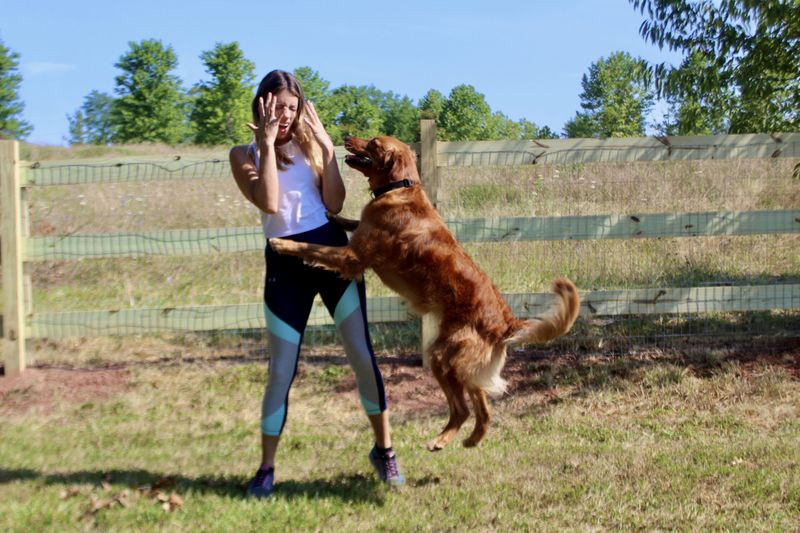
Jumping is a common way dogs express excitement, but it can be overwhelming. Teach your dog an alternative behavior such as sitting to greet people. Begin by ignoring your dog when they jump and reward them with attention only when they are calm and seated. Consistency is crucial, so ensure all family members and visitors follow this approach. You might also practice by having friends help with training sessions. Over time, your dog will learn that sitting brings the reward of attention. This method provides a positive outlet for their enthusiasm without the unwanted jumping.
Pulling on the Leash
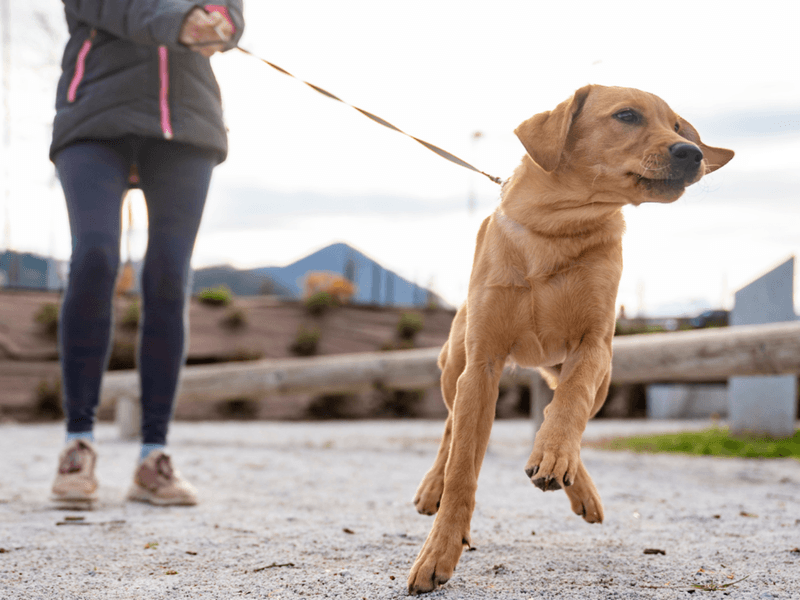
Leash pulling can make walking your dog a stressful experience. Start by training your dog to walk beside you using positive reinforcement. Treats and praise when they walk calmly by your side can be very effective. If they start to pull, stop walking and wait until they relax before continuing. This teaches them that pulling doesn’t get them where they want to go. Consider using a no-pull harness to gain better control during walks. Consistency and patience during training sessions will improve your walks significantly, making them more enjoyable for both you and your dog.
Begging for Food

Begging can be a persistent issue, especially during meal times. Begin by establishing a designated “no begging” zone for your dog, such as a comfy bed away from the table. Reinforce this rule by rewarding your dog for staying in their spot during meals. Avoid giving in to those pleading eyes, as this will only encourage the behavior. Consistency from all family members is vital; everyone must agree not to feed the dog from the table. Over time, your dog will associate mealtime with staying in their designated zone, reducing the temptation to beg.
Digging in the Yard
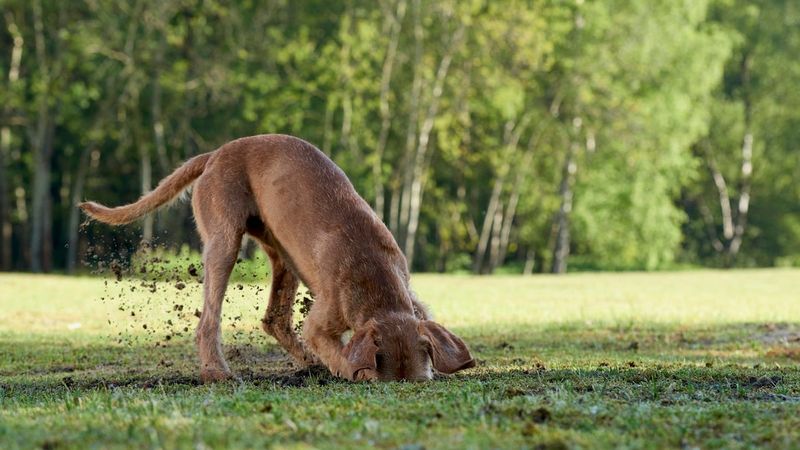
Digging is an instinctive behavior in dogs, but it can wreck your garden. To curb this, provide a designated digging area where your dog is allowed to dig freely. Encourage them to use this space by hiding toys or treats just beneath the surface. Supervise your dog when they’re outside, and redirect them to the designated area if they start digging elsewhere. Additionally, ensure your dog gets plenty of exercise, as physical activity can reduce the urge to dig. With time and patience, your dog will understand where they can and cannot dig, preserving your garden.
Separation Anxiety
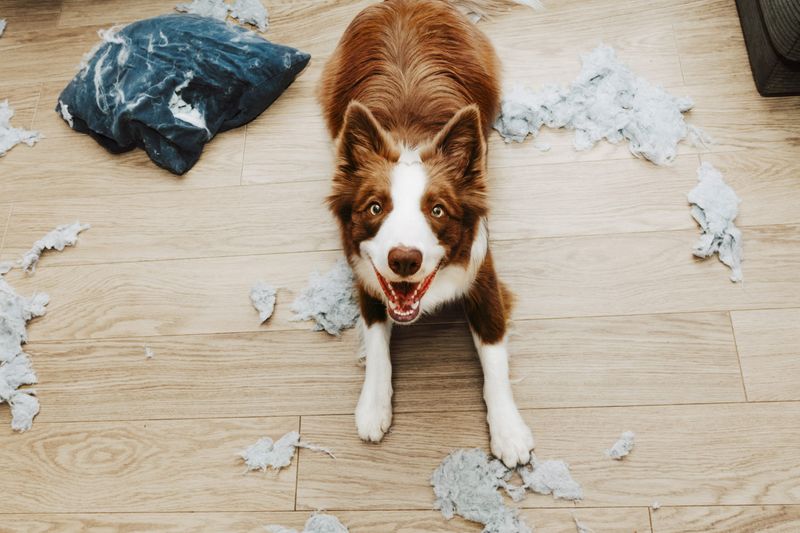
Separation anxiety is challenging, both for dogs and their owners. Start by desensitizing your dog to departures; practice leaving for short periods and gradually increase the time. Create a positive association with your leaving by offering a special treat or toy. Ensure your dog has a comfortable space with familiar items to help soothe them. Consistency in daily routines can also alleviate anxiety. If the issue persists, consider consulting a professional trainer or veterinarian for additional strategies. With understanding and patience, you can help your dog feel more secure when left alone.
Resource Guarding

Resource guarding can lead to aggressive behavior if not addressed. Start by teaching your dog that good things happen when people approach their food or toys. Practice approaching while offering high-value treats to build positive associations. Gradually increase the challenge by taking the treat closer to the guarded item, ensuring your dog remains calm. Never punish your dog for guarding, as this may escalate aggression. Consistency and patience are key; reinforce positive behavior over time. If the behavior persists, seeking guidance from a professional trainer can provide additional strategies to manage and reduce guarding tendencies.
Inappropriate Elimination
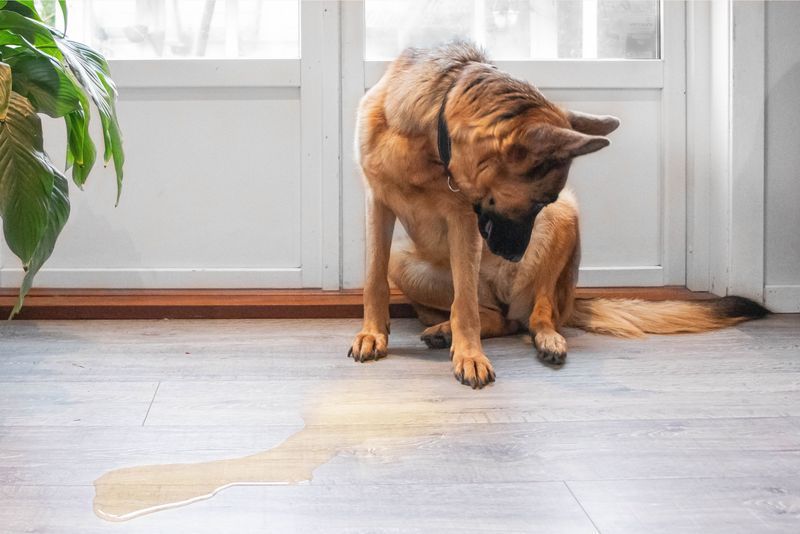
Inappropriate elimination can be frustrating, but it is often resolvable with proper training. Begin by taking your dog outside regularly and rewarding them for eliminating in the correct spot. Establish a consistent schedule for meals and bathroom breaks to regulate their routine. If accidents occur, clean the area thoroughly to remove odors that might attract future incidents. Avoid punishment, as it can increase anxiety and worsen the issue. Instead, focus on reinforcing desired behavior with praise and rewards. With patience and consistency, your dog will learn the appropriate place to relieve themselves.
Ignoring Commands
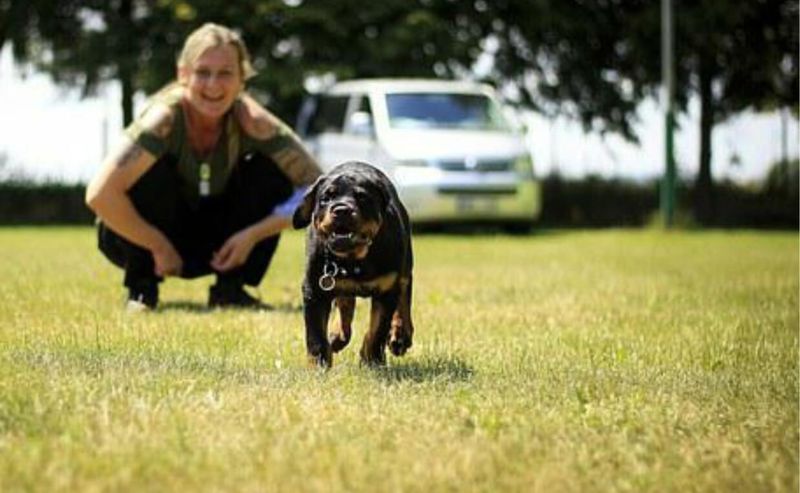
Ignoring commands can be frustrating for any dog owner. Start by ensuring your dog understands basic commands through consistent training. Use positive reinforcement, such as treats and praise, to reward compliance. Practice commands in a distraction-free environment before gradually introducing distractions. Patience is crucial; keep training sessions short to maintain your dog’s attention. If your dog continues to ignore commands, consider increasing the value of the reward or seeking help from a professional trainer. Consistent practice and reinforcement can turn an inattentive dog into a responsive one, strengthening your bond and enhancing communication.
Nipping and Biting
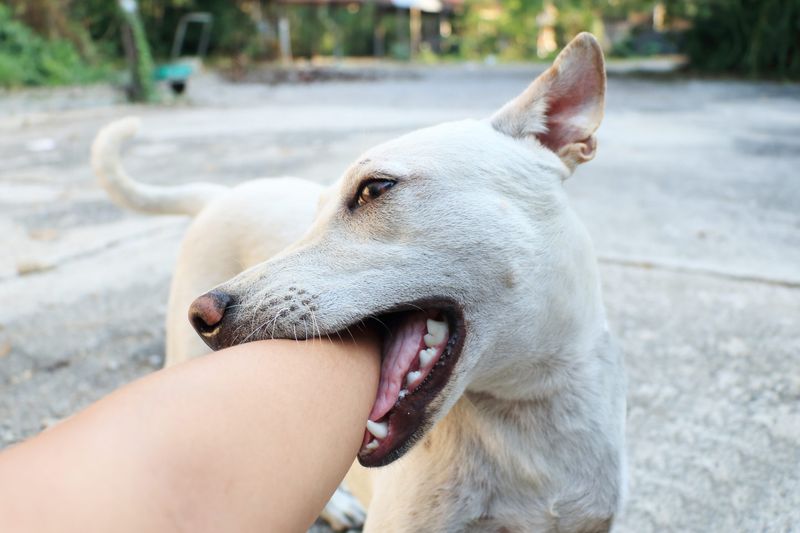
Nipping and biting are common in puppies as they explore their environment. Teach bite inhibition by yelping or saying “ouch” when they nip too hard, then withdrawing attention. This mimics how puppies learn boundaries from their littermates. Encourage gentle play by providing appropriate chew toys and redirecting their attention to these when they start to nip. Consistency in response is key; ensure all family members follow the same approach. If biting persists or is aggressive, consider professional training. Through patience and understanding, your puppy will learn to play gently and respect boundaries, fostering a safer environment.
Fearful Behavior

Fearful behavior can impact a dog’s quality of life. Start by identifying triggers and gradually exposing your dog to them in a controlled manner, rewarding calm behavior. Create a safe space where your dog can retreat when feeling scared. Use positive reinforcement to build confidence and gradually increase exposure to the fear-inducing stimuli. Avoid forcing your dog into uncomfortable situations, as this can exacerbate anxiety. If fearfulness persists, consult a professional trainer who specializes in behavior modification. Through compassionate understanding and gradual exposure, you can help your dog overcome fear and build confidence.
Chasing Cars or Cyclists
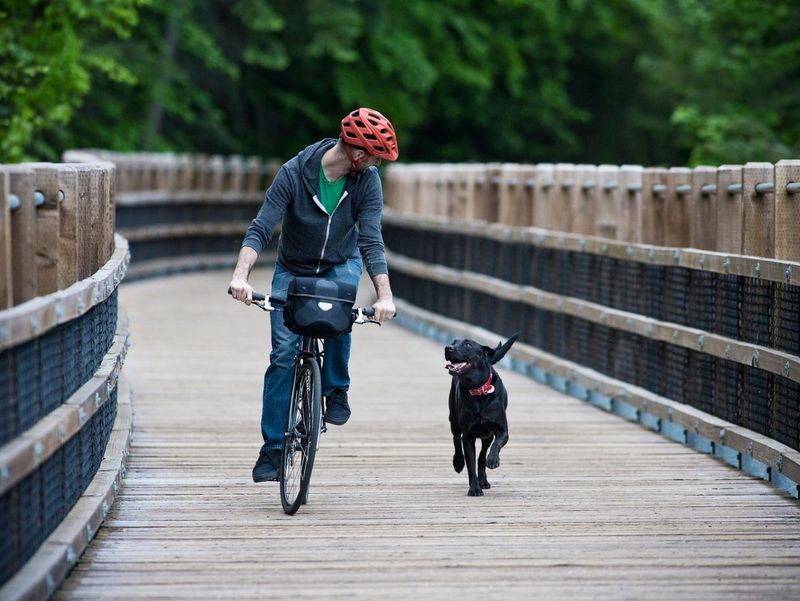
Chasing cars or cyclists poses safety risks for dogs and others. Begin by reinforcing basic commands like “sit” and “stay” to establish control. Practice these commands in a controlled environment before introducing distractions like moving vehicles. Use a long leash for safety during training sessions, rewarding your dog for staying calm when cars or cyclists pass by. Redirect their attention with treats or toys to break the chasing instinct. Consistent practice and positive reinforcement will help your dog learn to remain calm around moving objects, reducing the urge to chase and enhancing safety for everyone involved.
Jumping on Furniture

Jumping on furniture can be a nuisance, especially if you prefer pet-free spaces. Start by providing comfortable alternatives such as a cozy dog bed. Teach the “off” command, rewarding your dog when they respond correctly. Consistency is essential; reinforce this behavior by ensuring all family members follow the same rules. Consider placing barriers or deterrents on furniture to discourage jumping. If your dog insists on joining you, invite them up only when appropriate and ensure they understand this privilege is earned. Over time, your dog will respect boundaries, keeping your furniture fur-free.
Barking at the Doorbell
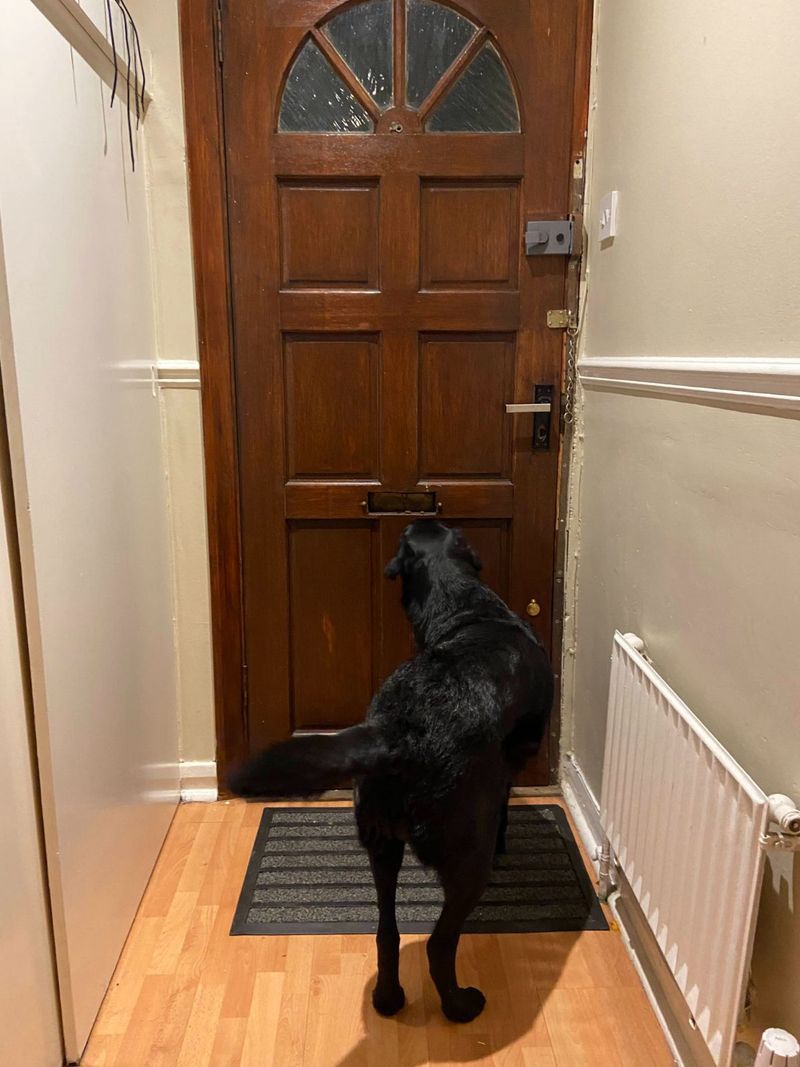
Barking at the doorbell is a common behavior that can be managed with training. Begin by desensitizing your dog to the sound. Play a recording of a doorbell at a low volume, rewarding calm behavior. Gradually increase the volume and introduce real-life scenarios. Teach an alternative, such as “sit” or “quiet” when the doorbell rings, rewarding compliance with treats. Consistency is key; practice regularly to reinforce the new behavior. With time, your dog will associate the doorbell with staying calm, reducing unwanted barking and creating a more peaceful environment for everyone.
Aggression Towards Other Dogs
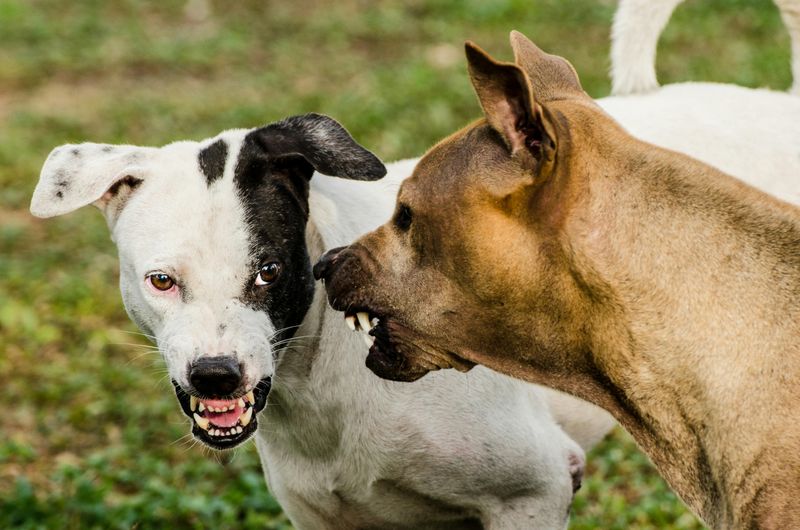
Aggression towards other dogs is concerning and requires careful management. Start by identifying triggers and avoiding situations that provoke aggression. Use controlled introductions with calm, well-socialized dogs to build positive experiences. Reward your dog for calm behavior around other dogs, using treats and praise. Consider enrolling in a training class that focuses on socialization and managing aggression. Professional guidance can provide additional strategies tailored to your dog’s needs. With patience and consistent effort, many dogs can learn to interact calmly with others, reducing aggression and enhancing their social skills.

